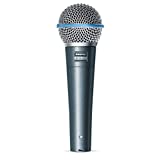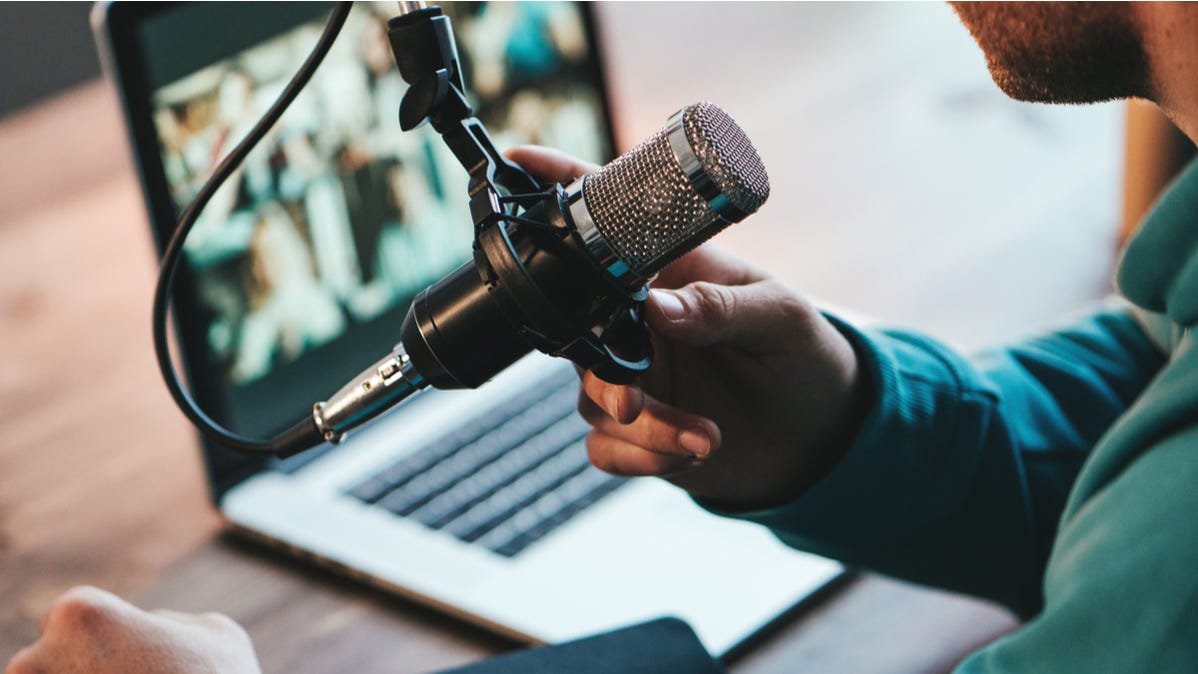
Supercardioid microphones have a narrower pickup pattern than typical cardioid microphones, meaning they only pick up what is directly in front of them. This makes them great for recording vocals but poor at picking up audio from a moving source.
If you’re in the market for a new microphone, you may have noticed the term “supercardioid” used to describe some mics. What does this mean, and how are these microphones different from other microphone types?
Microphone Polar Patterns Explained
Supercardioid microphones get their name from their unique “polar pattern” (also known as its “pickup pattern”). A microphone’s polar pattern determines how much sound it will pick up from any direction. There are many variations of these polar patterns, but the most common are omnidirectional, figure-of-8, cardioid, supercardioid, and hypercardioid.
As the name hints, an omnidirectional microphone will theoretically pick up sound in all directions. The microphone body can interfere with sounds coming from the rear of the microphone, but these mics essentially pick up sound equally in each direction. A figure-of-8 microphone picks up sound in front of it and behind it, but not on either side.
Cardioid microphones pick up sound in front of the microphone and actively reject sounds from the sides. Imagine you’re speaking into a microphone and then step off to either side. With a cardioid mic, the volume of your voice would drop off fairly quickly as you moved to the side.
Because of their designs, cardioid microphones are the most sensitive microphone design. This makes them popular for vocals and other relatively quiet sources. However, supercardioid and hypercadioid mics take things a step further.
Cardioid vs. Supercardioid Mics
Supercardioid microphones have a narrower pickup pattern than a standard cardioid design, which means they pick up even less sound coming from the sides. This design is even more focused on what is directly in front of the microphone than a cardioid design.
The angle at which a microphone picks up the most sound is known as its “acceptance angle.” The acceptance angle of a cardioid microphone is usually around 180 degrees, while supercardioid microphones have a narrower angle at around 150 degrees. Another cardioid variety, hypercardioid microphones, have an even narrower acceptance angle.
To return to the previous example, if you were speaking into a supercardioid microphone and stepped off to one side, the sound of your voice would drop off even more quickly. That said, this increased directionality isn’t the only difference between cardioid and supercardioid microphones.
Supercardioid microphones have tonal differences when compared to cardioid microphones. This isn’t always the case, but supercardioid microphones often have a slightly brighter tone than a standard cardioid microphone, with more treble content.
If you’ve ever spoken into a microphone, you may have noticed that your voice sounded more bass-heavy as you moved closer to the microphone. This increase in bass as you move closer is known as proximity effect, and it’s an issue in cardioid mics as well as its supercardioid and hypercardioid variants.
Due to the increased directionality, proximity effect is even more noticeable in supercardioid microphones. This isn’t necessarily a problem, but it’s worth pointing out.
Supercardioid mics are found in both the standard XLR variety, and sometimes as USB microphones.
When Should You Use a Super Cardioid Mic?
There are numerous cases where you may want to opt for a supercardioid microphone over a cardioid microphone. Specifically, supercardioid microphones make sense anywhere when directionality is important.
If you’re a singer or providing sound for a live band, supercardioid microphones are great for making sure that only the singer’s voice is picked up. This helps keep the other instruments on stage out of the vocal microphone. That said, this directionality is also useful if you’re streaming on Twitch and don’t want to pick up your housemates’ conversations.
Essential Supercardioid Vocal Mic
Shure Beta 58A
The Shure Beta 58A has a similar look to the company’s other iconic live vocal microphone, but the supercardioid capsule means that it rejects other instruments on stage even better. It’s also just as tough as Shure’s reputation suggests.
Many microphones used in video production are supercardioid for the same reason. These types of microphones excel at picking up a single person’s voice while keeping background noise to a minimum.
When Should You Avoid Supercardioid Mics?
One of the main reasons to avoid super cardioid mics is the proximity effect mentioned above. Not only can this make your voice sound overly bass-heavy, but sensitivity to vocal plosives (think of popping sounds like words that end with the letter “p”) can be an issue with supercardioid mics.
Second, the directionality means that you don’t want to use a supercardioid microphone in any situation where the mic is stationary, but the subject isn’t. A super cardioid microphone is only going to pick up what is directly in front of it, and any variance in this will make an audible difference.
Finally, supercardioid microphones excel for many uses, but picking up the ambience of a room isn’t one of those cases. For any situation where you’re trying to pick up the natural reverberation of a room, you’re far better off with an omnidirectional mic like the Electro-Voice 635A or even a matched pair of cardioid microphones like the Lewitt LCT 040.
The 8 Best USB Microphones of 2022
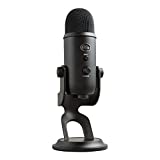
Best Overall
Blue Yeti
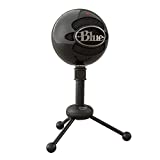
Best Mid-Range Pick
Blue Snowball
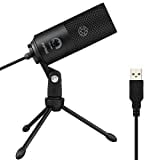
Best Budget Option
Fifine K669B
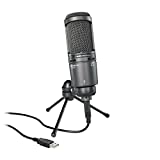
Best Premium
Audio-Technica AT2020USB+

Best Ultra-Premium
Blue Yeti Pro
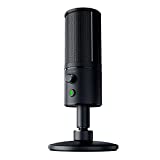
Small and Powerful
Razer Seiren X
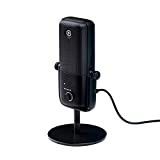
Best for Streamers
Elgato Wave 3
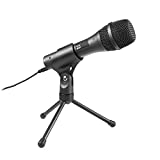
Versatile

